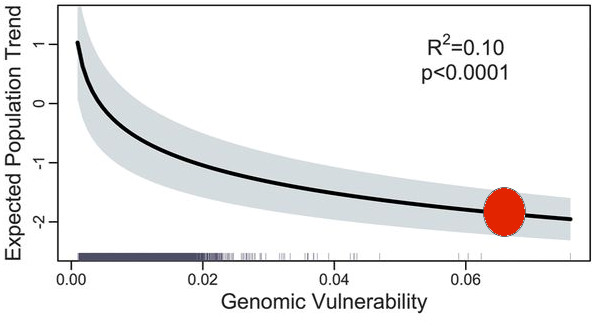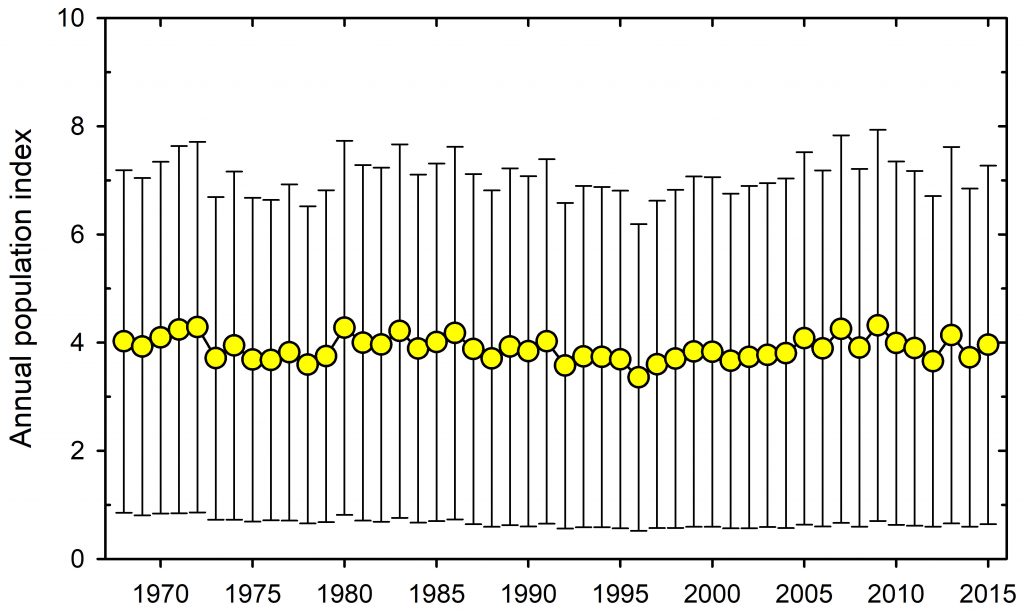I ask the question here why ecology is not appreciated as a science at a time when it is critical to the survival of the existing world. So the first question we need to answer is if this premise is correct. I offer only one example. A university zoology department has recently produced a discussion paper on its plans for faculty recruitment over the next 15 years. This document does not include the word “ecology” in any of its forward planning. Now it is probably not unusual for biology or zoology departments in major universities to downplay ecology when there is so much excitement in molecular biology, but it is an indicator that ecology is not a good place to put your money and reputation as you await a Nobel Prize. So if we can accept the initial premise that ecology is not appreciated, we might ask why this situation exists, a point raised long ago by O’Connor (2000). Here are a few thoughts on the matter.
There are three broad approaches to the science of ecology – theoretical ecology, empirical ecology, and applied ecology. These three areas of ecology rarely talk to each other, although one might hope that they could in future evolve into a seamless thread of science.
Theoretical ecology deals with the mathematical world that has too often only a tangential concern with ecological problems. It has its own journals and a whole set of elegant discussions that have few connections to the real world. It is most useful for exploring what might be if we make certain mathematical assumptions. It is without question the most prestigious part of the broad science of ecology, partly because it involves elegant mathematics and partly because it does not get involved in all the complexities of real-world ecological systems. It is the physics of ecology. As such it carries on in its own world and tends to be ignored by most of those working in the other two broad areas of ecology.
Empirical ecology has set itself the task of understanding how the natural world works at the level of individuals, populations, communities and ecosystems. In its pure form it does not care about solving practical ecological or environmental problems, but its practitioners assume probably correctly that the information they provide will in fact be useful now or in the future. It seeks generality but rarely finds it because all individuals and species differ in how they play the ecological game of survival. If it has a mantra, it is “the devil is in the details”. The problem is the details of empirical ecology are boring to politicians, business people, and to much of the television generation now operating with a 7 second or 140 character limit on concentration.
Applied ecology is where the action is now, and if you wish to be relevant and topical you should be an applied ecologist, whether a conservation biologist, a forester, or an agricultural scientist. The mantra of applied ecologists is to do no harm to the environment while solving real world problems. Applied ecologists are forced to put the human imprint into empirical ecology, so they are very much concerned with declining populations and extinctions of plants and animals. The main but not the sole impact of humans is on climate change, so much of applied ecology traces back to the impacts of climate change on ecosystems, all added to by the increasing human population with its rising expectations. But applied ecologists are always behind the environmental problems of the day because the issues multiply faster than possible solutions can be evaluated. This ought to make for high employment for applied ecologists but in fact the opposite seems to be happening because governments too often avoid long-term problems beyond their 4-year mandate. If you do not agree, think climate change.
So, the consequence is that we have three independent worlds out there. Applied ecologists are too busy to apply the successful paradigms of empirical ecology to their problems because they are under strict time limits by their line managers who need to suggest immediate action on problems. They must therefore fire off solutions like golf balls in all directions, hoping that some might actually help solve problems. Empirical ecologists may not be helpful for applied ecologists if they are overwhelmed by the details of their particular system of study and are constrained by the ‘publish or perish’ mentality of the granting agencies.
Finally, we lay on top all this a lack of funding in the environmental sciences for investigating and solving both immediate and long-term ecological problems. And I am back to my favourite quote in the ecological literature:
“Humans, including ecologists, have a peculiar fascination with attempting to correct one ecological mistake with another, rather than removing the source of the problem.” (Schindler 1997).
What can we do about this? Three things. Pressure our politicians to increase funding on long-term environmental problems. This will provide the person-power to find and test solutions to our known problems. Vote with your ballot and your feet to improve sustainability. And whether you are young or old strive to do no harm to the Earth. And if all this is too difficult, take some practical advice not to buy a house in Miami Beach, or any house near the beach. Do something for the environment every day.
O’Connor, R.J. (2000) Why ecology lags behind biology. The Scientist 14(20):35. (October 16, 2000).
Schindler, D.W. (1997) Liming to restore acidified lakes and streams: a typical approach to restoring damaged ecosystems? Restoration Ecology 5:1-6

